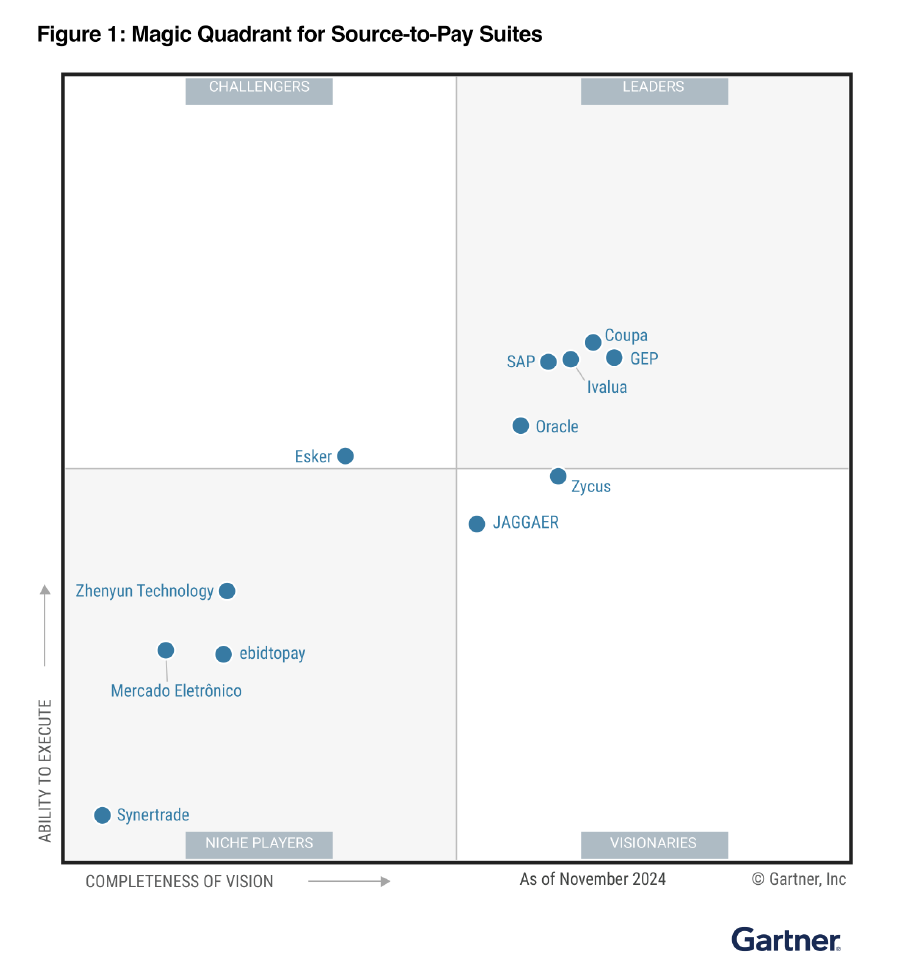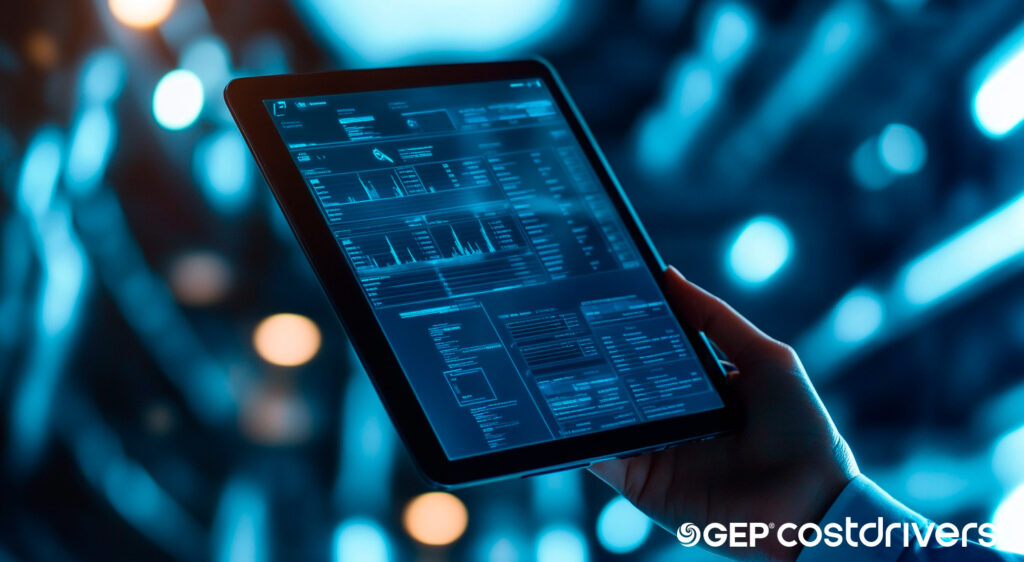The supply area tends to be increasingly strategic in companies. To get an idea of its importance, the Purchasing Department currently accounts for 47 % of costs in the manufacturing sector , reaching 80 % in the chemical industry .
Below, the executive Paulo Augusto Nascimento de Freitas talks about the new profile purchasing professional and explains his day to day activities as Procurement Coordinator at Samarco Mining.
Below, the executive Paulo Augusto Nascimento de Freitas talks about the new profile purchasing professional and explains his day to day activities as Procurement Coordinator at Samarco Mining.
Blog CostDrivers – What is the profile of the “new ” director or purchasing manager ? What has changed in this area?
Paulo Augusto Nascimento de Freitas – The function of the Purchasing area has evolved over the years, as we can see in the very title of the area , currently referred to as Supplies and Procurement . More than just a change of title , the change reflects the evolution of the scope and activities that mainly went from a tactical / operational profile , in which the main objective was order placement and attention to lead-times for internal clients, for a role at a strategic and collaborative level, delivering results, reducing costs and developing partnerships thus enabling business strategy.
BCD – What are the signs of this change ?
A sign of this development is the elevation of executives in the area who started to act as supply directors or presidents (CPO – Chief Procurement Officer ) and a change in the hierarchy in most companies , from being subordinated to Operations to the Finance Department , which increased the importance of the area in terms of the delivery of results since most of the company’s expenses go through the procurement process which is carried out by the department.
The current profile of Supply professional is evolving , as is the role of the area.
Amongst the main features that stand out from this development are a knowledge of finance and analytics. The professional must also have good business acumen and understanding of the internal customer and the requirement that is being attended to; this is why he needs to act as an interface to several areas and always recommend the best solution for the business. This does not mean simply assessing which is the best supplier, purchase timing or change in product specification, but evaluating and understanding the coherence of the requisition in a broader organizational context.
This approach depends on consolidation, productivity, readjustment of processes, development of new products and suppliers , aiming not only to reduce the TCO – Total Cost of Ownership , but the sustainability of the business and optimization of business results (often these gains are not reflected in lower costs, but higher margins in sales). It is noteworthy that, in this context, lead-time and compliance are not differentiators, but are the basis for any procurement process.
BCD – This means that Procurement is already preparing for a new wave of development?
Paulo – A new wave of development is already happening and will increase the degree of complexity of the area. The advent of disciplines such as intelligence, open innovation and the increasing complexity of the business environment, add to the tidal wave of information that grows and grows.
Supply chain professionals need to increasingly be able to use this information, classify it and develop a ability for decision-making; they need to verify and analyse the appropriate information looking for causes and solutions that are increasingly out of the box for the organization and its background.
On this basis, jobs such as “data scientist ” and “supply analyst” are a reality and reflect these new professional profiles. Despite being a development which still seems timid in Brazil, this movement was documented in the article Competing on Analytics (read more), by Thomas H. Davenport , pulicado in the Harvard Business Review Magazine, January 2006.
BCD – What kind of information does this new professional need to respond quickly to demands in the Procurement sector? What are these new demands?
Paulo– For this new professional can meet the performance requirements , it will need more and more information from internal and external environment to the company.
Externally this information ranges from the macro to specific information about the product or service you are buying. At a macro level, macroeconomic and sectorial information, supply and demand, competitor demand, foreign trade information, supply base, Cost drivers trends and prices.
We also need to understand about development and innovation in product groups, where competitors and suppliers are investing, what are the main bottlenecks in the industry, disruptive technologies and applications.
In addition, more and more we need to understand details of the business partner from a cost breakdown that will allow greater bargaining power, to the financial health of the supplier and the sustainability of their operations.
The buyer will also need to relate to the best practices in procurement, be it processes, category management, benchmarking to seek new opportunities, evaluation of risks and confirmation for their decisions.
Not least, the availability of internal business information , from demand planning, price history, suppliers, purchase volumes and also relevant business data such as sales plans, product mix, organizational strategy will be crucial for an adequate cross referencing of information and analysis of the interconnections between them, adjusting decision making to the reality and coherence in which the company operates.
BCD – What matters directly to the Procurement?
Paulo -This professional will be interested more and more in “tailor -made” information, adapted to his specific needs. News clippings and news from a wide range of sources are not effective in the working environment and reduce the professional’s productivity.
In this situation, the buyer needs data that supports day to day decisions as much as, information that lets him develop as a professional.
In relation to the supply chain, product market analysis, dashboards with prices and data that require continuous monitoring, information on competitors and suppliers. For the medium and long term, new technologies, R & D , open innovation and sustainability.
This buyer also requires information to perform their activities such as models and tools for analysis, best practices, processes and methodologies.
In a broader context, the profession will require information on megatrends, company and business model development, trends in the profession and level of employment, as well as courses focused on their development.





